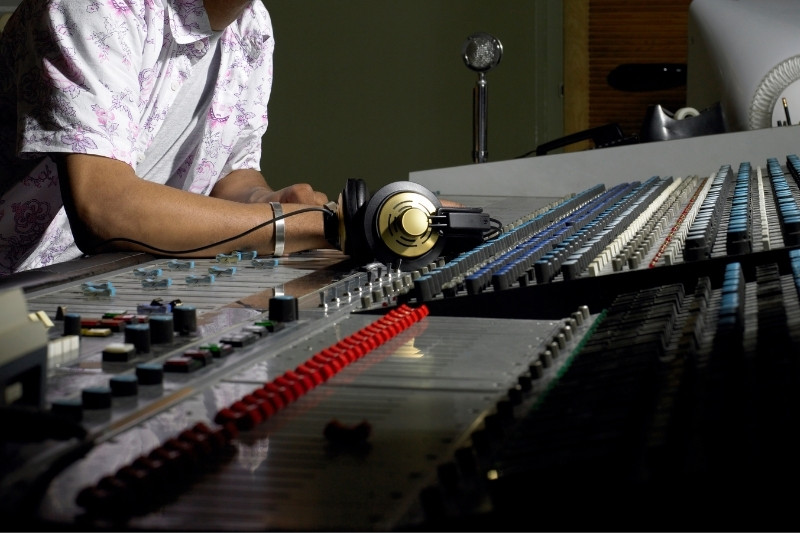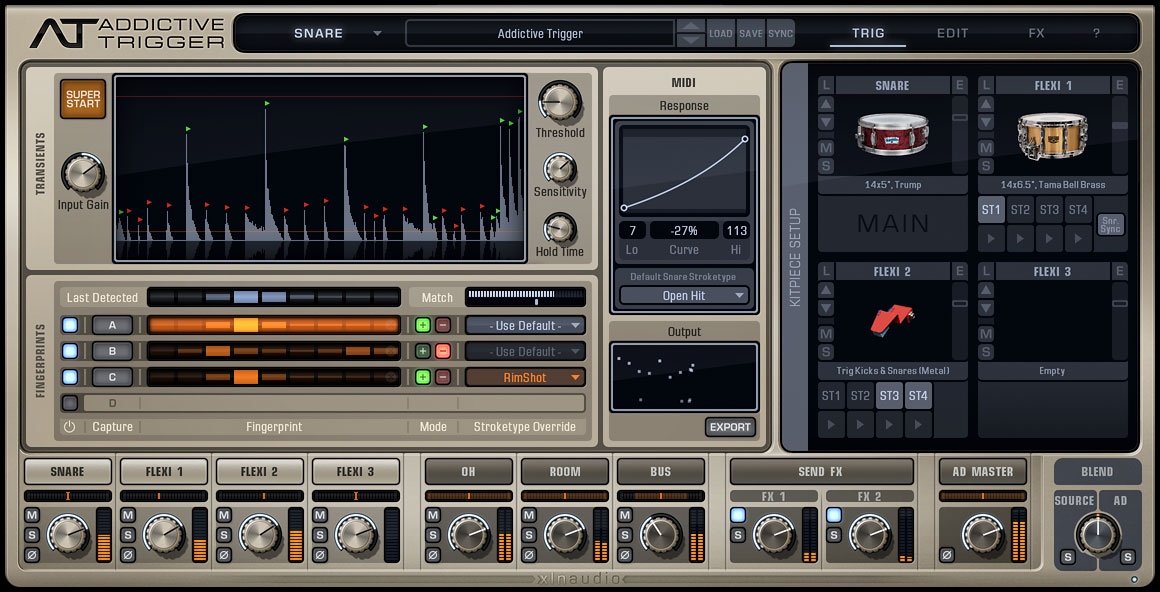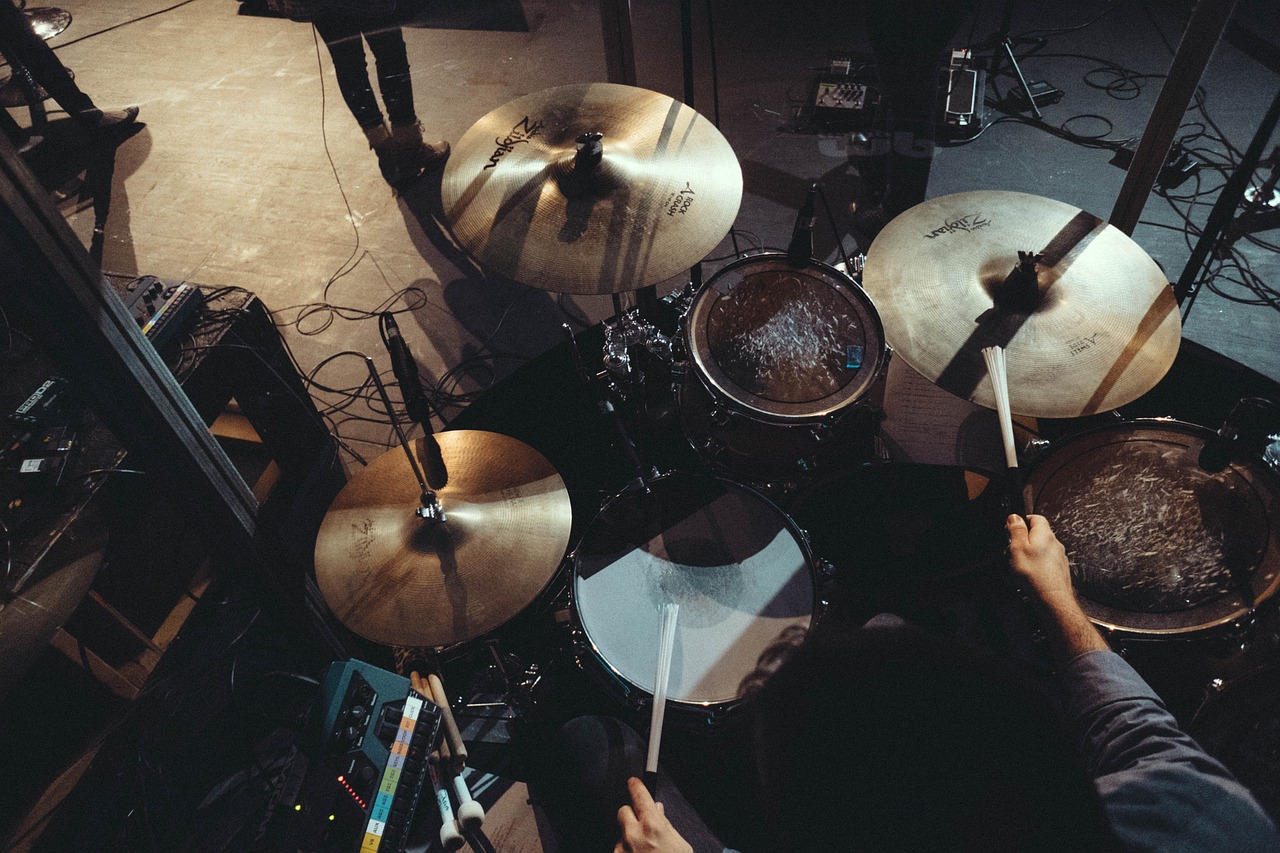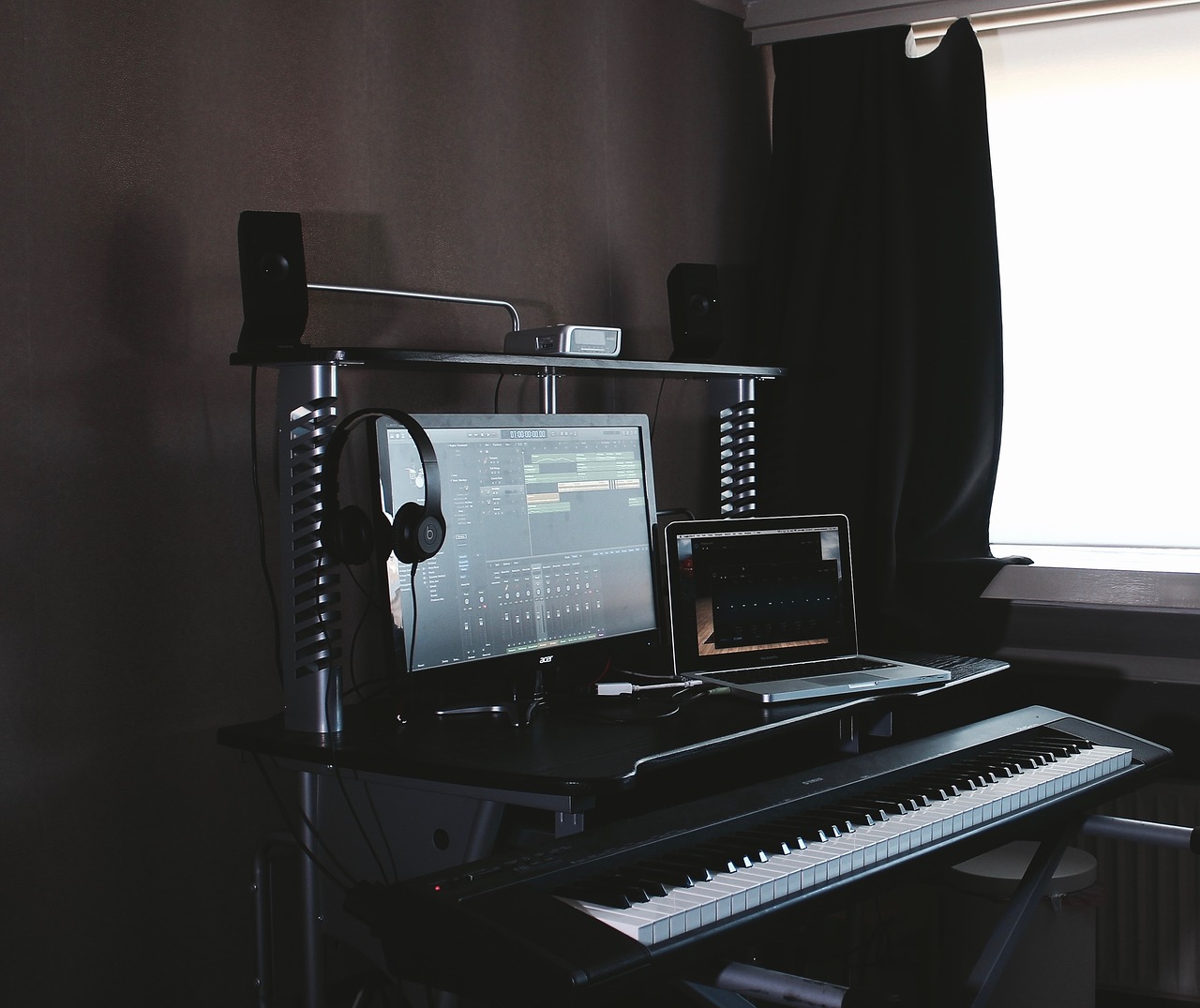10 Essential Items To Set Up a Home Recording Studio
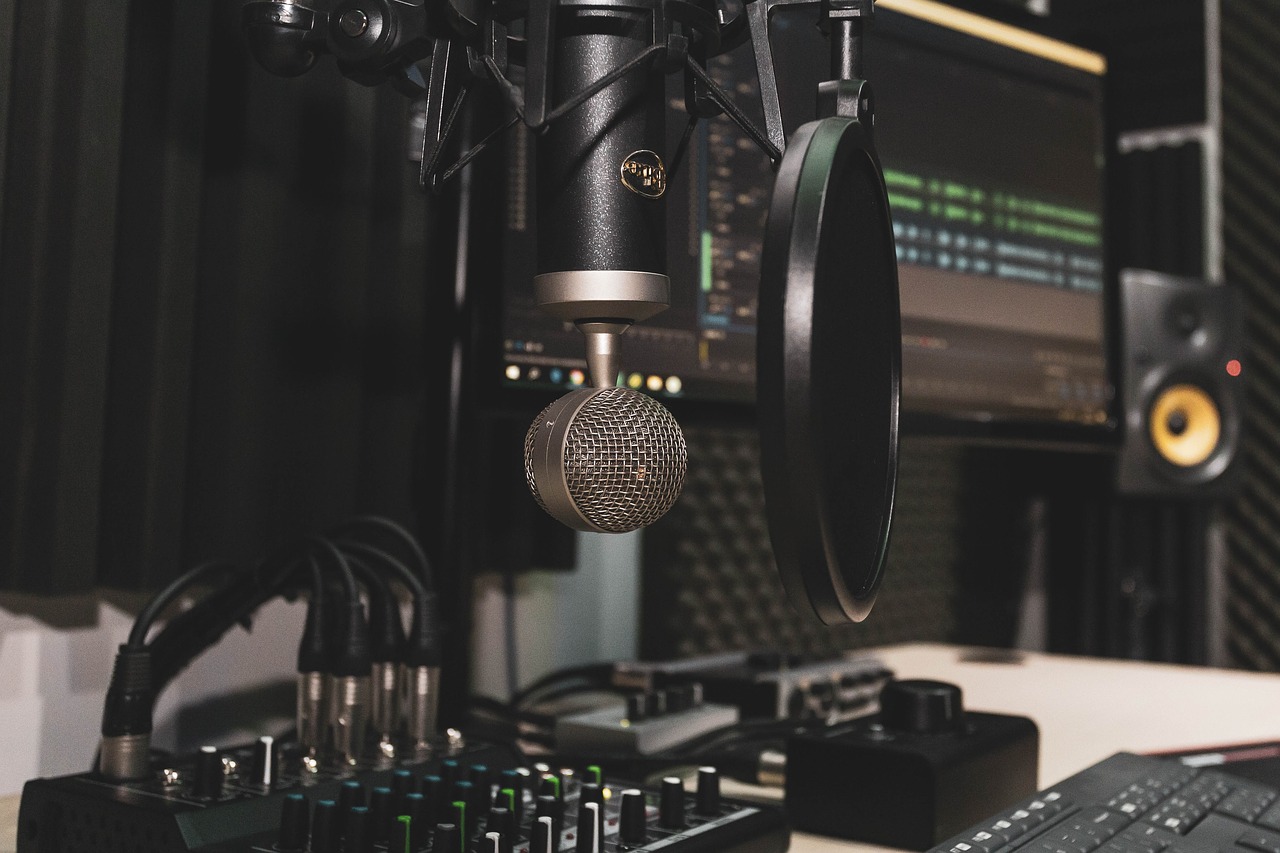
The music specialists at Musicshop.sg have kindly sponsored this post. Musicshop.sg are an online retailer offering quality music equipment. All opinions and suggestions in this article are still my own!
Setting up a home recording studio doesn’t have to be a major investment. Thanks to a rapid technological advance in past decades, hardware and software have become much more powerful and attainable to the general public. Of course, there are still some traditional items you need to get, such as microphones and monitors, but even these have become a lot more affordable.
You can get away with recording audio on a very average laptop or desktop machine. Mixing and mastering can be done with modern DAW software on your computer, which are in many cases quite affordable or even free. Other than that, there are several other essential items that will make your home recording studio ready to go.
Here is the list of 10 essential items you need to set up a home recording studio:
Contents
1. Computer
A good computer is the core of every studio and it would probably be your biggest investment. Fortunately, you probably already have a computer which can do the job just fine, at least at beginner’s stage.
Desktop or laptop, it doesn’t really matter. All you need is a machine that is capable of running audio software and in most cases, system requirements aren’t that high. After all, you can always upgrade your computer, which is still much more affordable than getting a new one.
Mac or PC? It’s totally a matter of personal preference. Mac is usually set up easier out of the box to simply just work with audio. However, Windows is very capable of running audio at the same level of performance.
Deadmau5, the legendary EDM producer, records using a powerful desktop PC, but performs live using a MacBook Pro. He likes the flexibility of windows in his studio, but prefers the consistency of hardware and software of the MacBook when performing live.
2. Audio Interface
An audio interface is another essential piece of equipment you need for a home studio. This is an external music card that usually connects your computer, collects the audio signal from external inputs such as instruments and microphones, and sends it to your PC.
These days, the market is full of various products in a wide price range, so you shouldn’t have problems to find the one that perfectly fits your needs and budget. Besides the price, the other thing you should check with this hardware is a number of connectivity features.
In most cases, a modern audio interface connects with a computer via USB and also features a couple of ins and outs, as well as volume knobs and similar controls. These are usually very simple to use.
If you’re looking for something simple but very effectively, the Audient ID4 audio interface is a great choice.
3. DAW
Besides good hardware, you need decent recording software. These are much more than recording tools, as you can manipulate with your recordings in so many ways. After all, that’s why they are called DAWs, which stands for Digital Audio Workstation.
If your budget is tight, a good thing to know is that there is a number of free DAWs that are great quality. These are definitely a good choice for beginners. Naturally, if you want something more professional, you will have to pay.
There is a huge number of amazing products on the market, which go in a wide price range. Fortunately, most of them offer a free trial period, so you can find the one that fits best for you.
Some of the best ones to consider are Cubase, Ableton Live, Logic Pro, Studio One, Pro Tools, and Bitwig. Please note, this is not a definitive list. There are other options available.
4. Microphones
Another essential part of every studio. Of course, you need a mic to catch your singing or playing. Basically, there are two main types of microphones – dynamic and condenser.
While dynamic mics are more durable and work great for live performances, condenser mics are far superior for studio work, due to a much better response and wider frequency range. The Audio Technica AT2035 is a great example.
Even among condenser mics, there are some big differences in design, starting from a polar pattern, diaphragm size, and other factors.
The ideal scenario would be if you can get a couple of mics, one with large and other with a medium-size diaphragm. When it comes to polar patterns, a cardioid mic would be a safe pick for you.
5. Microphone Stand
Well, this may not be the most essential piece of equipment you need, but it is still hugely important for convenient recording. It is critical for micing acoustic instruments or amps, but important for singers as well. Another reason you should get is the price, as stands are usually quite affordable.
Along with stands, you should consider getting a few more accessories, especially if you record vocals. Consider things like pop filter, vocal booth, etc.
6. Studio Monitors
A couple of monitor speakers is another crucial investment for a home studio. Headphones are great, but you’ll never get a 100% realistic sound from them. Therefore, you must rely your mixing on monitors, as they provide the most realistic sound, which is flat and which allows you to hear the reverberation of the room as well.
Studio Monitors should be your primary source of mixing music in your studio. People generally put their headphone volume too loud without realizing, this is far less likely to happen with studio monitors.
Still, keep in mind that even monitor speakers, particularly lower priced ones, aren’t completely flat and that each one comes with its own sound characteristics, due to their specific design.
A pair of decent-sounding monitors can be found for a couple of hundred of dollars. The presonus e4.5 would be an excellent pair to start with.
7. Headphones
I can’t imagine any recording session without headphones. Once again, this is an essential piece of gear for a studio. Although, it is recommended to use them as a secondary or reference option whenever possible.
There are several types of headphones and the one you should look for to get a realistic sound when mixing and mastering are open-back headphones. Also, keep in mind that you’ll need monitoring headphones. That means a flat EQ, so stay away from Hi-Fi and DJ headphones.
Once again, the price goes in a pretty wide range, so you will be able to find something decent, no matter the budget.
8. Third-Party Plugins
Once you get your DAW, you will feel that is has everything you’ll ever need for recording. However, once you get more familiar, you will start to experiment. That’s the point when you realize that there is much more out there.
Stock plugins are amazing, especially if you use some hi-quality DAW. Still, third-party plugins would give you a whole new spectrum of possibilities, which can give a completely new character to your recordings.
Different signal chains, sonic landscapes and tons of additional digital sound emulations can bring your skills to a completely new level.
9. MIDI Controller
With all this advanced software that is available today, it would be a real shame not to have a MIDI controller in your studio. It gives you tons of possibilities and the best thing about them is that you can get pretty much any type of sound you can imagine.
In most cases, MIDI controllers come in the form of a keyboard. Such design is very versatile if you want to emulate sounds of other instruments, such as guitars, basses, drums, etc. Those who pay more attention to drums can also get drum pads. Many controllers include both keyboard and drum pads, but keep in mind that this also means extra-costs.
For a beginner with a tight budget, a 25-keys MIDI controller is often enough.
10. Cables
Of course, you need a certain number of cables to connect all these units. Practically, the most important would be to get XLR cables. Ideally, you should get one longer for microphone and a couple of shorter ones for monitors.
Also, get a couple of ¼-inch cables for direct recording.
Of course, you would need a USB cable to connect your audio interface, but that is usually included.
Finally, it is always good to have a couple of adapters from ¼ to 1/8 inches and vice versa.
Acoustic Treatment
You should also give careful consideration to how your studio room sounds. Acoustic treatment is the process of absorbing and diffusing sounds in your room so that you can get a much more balanced sound for recording and mixing.
Absorption is the process of reducing the acoustic reflections of frequencies. This is particularly important for bass frequencies, which can really mess with your recording environment.
However, simply just heavily absorbing all the sound in your studio can make it sound very muffled. If you have ever been to a heavily muffled rehearsal studio, then you will know what I’m talking about. This is where diffusion comes in.
Diffusion is the process of scattering frequencies throughout the room more evenly. This means that you will get a natural reflection of certain frequencies.
Acoustic treatment can become a complicated process. However, just thinking some basic steps in can make a big difference to your recording and mixing.
Conclusion
So there you have it! This has been your introduction to the 10 most essential items that you need to set up a home recording studio.
A great thing is that most of these things are quite affordable, so you don’t have to spend thousands of dollars to build a recording studio.
The market is full of these items and each one come in a pretty wide price range, so you can easily make a shopping list in accordance with your budget.

